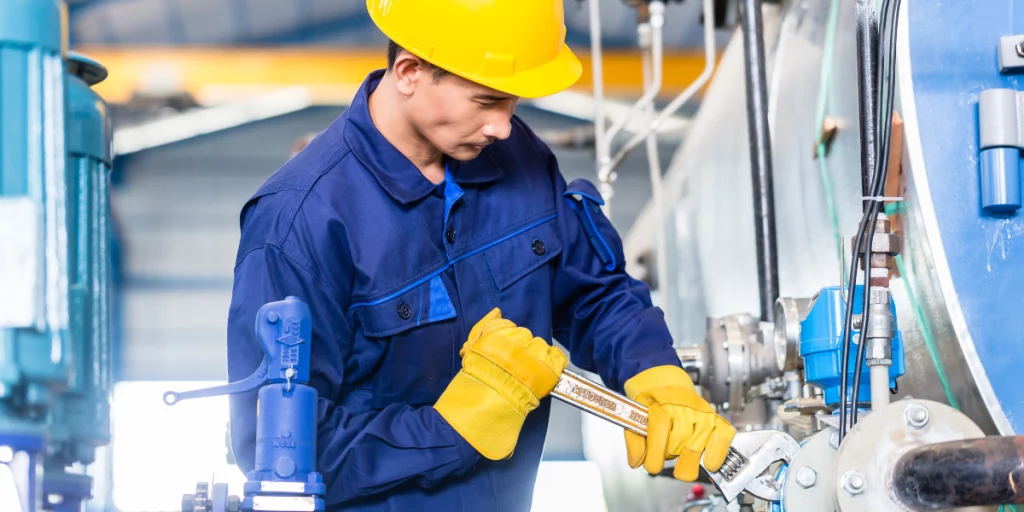In today’s blog, we’ll be talking about preventive vs predictive maintenance — both of which are designed to increase the reliability of assets, and reduce the risk of equipment breakdowns and failures.
Preventive vs Predictive Maintenance
What is Preventive Maintenance?
Think of preventive maintenance (PM), or also known as planned maintenance or planned preventive maintenance, like an annual physical check-up. With this maintenance approach, maintenance technicians perform maintenance tasks when everything is still running smoothly. In essence, the purpose of this proactive maintenance strategy is to perform regular maintenance on equipment. As a result, this helps you avoid equipment failure and reduce manufacturing downtime. What’s more, just like a physical check-up can prevent illnesses and diseases and increase your lifespan, preventive maintenance can prevent equipment failures and extend the lifespans of your equipment. There are many methods and techniques for this preventive management approach. For example, regular cleaning of equipment and equipment parts, lubrication, removal or replacement of parts, and equipment repair.
The main issue with preventive maintenance is that it can sometimes result in unnecessary maintenance. Therefore, it is important that your experienced maintenance managers make smart decisions on which equipment requires what preventive maintenance work, and how often.
What is Predictive Maintenance?
Predictive maintenance (PdM), or also known as condition-based maintenance, differs from preventive maintenance in the sense that predictive maintenance is determined by the condition of equipment, instead of the average or expected life statistics. In other words, it tries to predict failure before it actually occurs by monitoring the machine during normal operations.
Continuing our human health analogy, predictive maintenance can be compared with screenings or precautions recommended for an individual who has a higher risk for a particular illness or disease because of hereditary or lifestyle considerations. So, if your maintenance technician finds out that a particular piece of equipment performs abnormally all of a sudden, they will schedule a repair at a time that has the least amount of impact on production.
It is highly recommended that you use a computerized maintenance management system (CMMS) for this type of maintenance management approach. Doing this will provide you with the measurements and data necessary to make smart decisions. Moreover, by investing in a CMMS, this can:
- — Reduce unnecessary maintenance tasks
- — Minimize maintenance costs
- — Develop a strong overall maintenance program within your organization, and
- — Monitor equipment and systems to keep your business up and running
Comparing Preventive vs Predictive Maintenance
Let’s better differentiate preventive vs predictive maintenance with a table:

1 Types of Maintenance Programs by the Department of Energy, O&M Best Practices Guide, Release 3.0.
Implementing a Proactive Maintenance Strategy
Unexpected maintenance activities can greatly impact your products and services, operating costs, and bottom line. Therefore, you need to create an overall maintenance strategy that uses the most appropriate technique for each piece of equipment. By using an equipment maintenance software, this can help kickstart your preventive or predictive maintenance strategy in a few key ways:
- — Plan, track, and collaborate on all your maintenance strategies in real-time, under one central hub
- — Monitor relevant maintenance key performance indicators (KPIs) in your manufacturing plant
- — Gain thorough insight on key maintenance metrics to make smart business decisions





